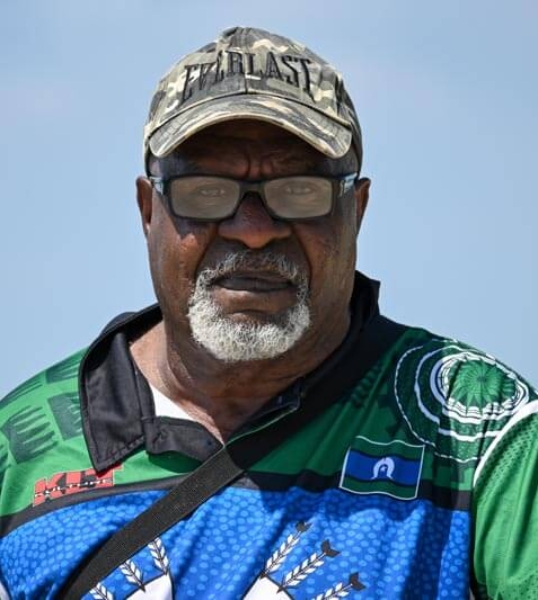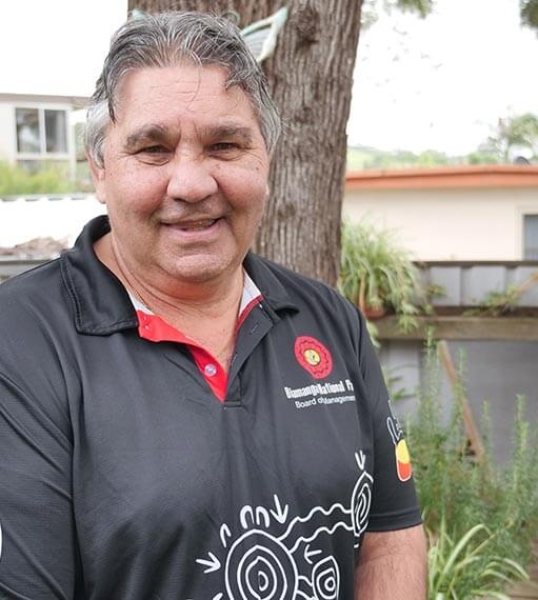

There was a big drought in 2006 and we had to send 700 cattle up to Queensland and only 550 came back. After that dad swore we’d never have that happen again.
Bathurst, NSW
I’m Rory Stonestreet. I’m 28 years old, and I’m a cattle farmer near Bathurst in New South Wales. We’ve had the farm in the family for three generations – my great-grandfather, my grandfather, and my dad owns it now. He’s been on the farm his whole life.
We started off with cross-bred ewes and some merino wethers but we’ve moved into breeding Angus cattle. We’re trying to build up to 800 head of cattle at the minute. That switch from sheep to cattle is one of my earliest memories – I remember everyone laughing as the last sheep went onto the ute.
There’s so much variation in the weather at the moment. 2017 and 2018 were the driest years on record and this summer was the wettest. It’s just so hard to predict, which makes farming much harder. You just don’t know what’s around the corner. That makes it harder to plan – too much rain is a problem just as much as too little rain.
We’re in a pretty special part of Australia. Even when we had the really bad drought in 2017 and 2018, we were lucky enough to be able to grow some crops here. It wasn’t the same story for 90% of New South Wales. Up north and out west there just wasn’t enough rain to grow anything.
We’ve been drought-proofing the farm for some time. There was a big drought in 2006 and we had to send 700 cattle up to Queensland and only 550 came back. After that dad swore we’d never have that happen again.
We started growing lucerne (alfalfa) and bought a tub grinder so we could make our own feed. If there’s a drought we grab straw or any other protein and we can shut the cows in the paddock and know they’ll stay alive. It helps us rotate the pastures and we can store the grain in the silo for when the drought comes.
When my grandfather was young they used to see massive snowfalls here – he used to have to build the boundary fence over snowdrifts so the sheep wouldn’t walk into the neighbour’s property. Now there’s not as much snow as in my grandfather’s time, and even when we do get a dump it doesn’t stick around as long. Weeds like Bathurst burr used to get killed off by the frost but it doesn’t get cold enough for that any more and we have to spray.
Looking to the future, it’s a worry that things are going to keep getting hotter and drier. There’s a lot to worry about in farming – you try not to think about it too much. We’re lucky because our farm’s at altitude – but I’d be really worried if we were further west. Places like Nyngan and Dubbo are really going to get hit and it wouldn’t take much to push them over the edge.
We need the government to get on with cutting emissions. We can’t have one country burning coal while others are driving around in electric cars. And we need to back in anyone who’s having a go at trying to fix it.
Hundreds of people from across the country are sharing their stories to send a clear message to the Australian government - it's time for real action on climate change.
Every story appears as a point on this map. Click around to read how climate change is affecting our communities, and add your own story to the map.
People all across Australia are being harmed by climate change. These are some of their stories.















